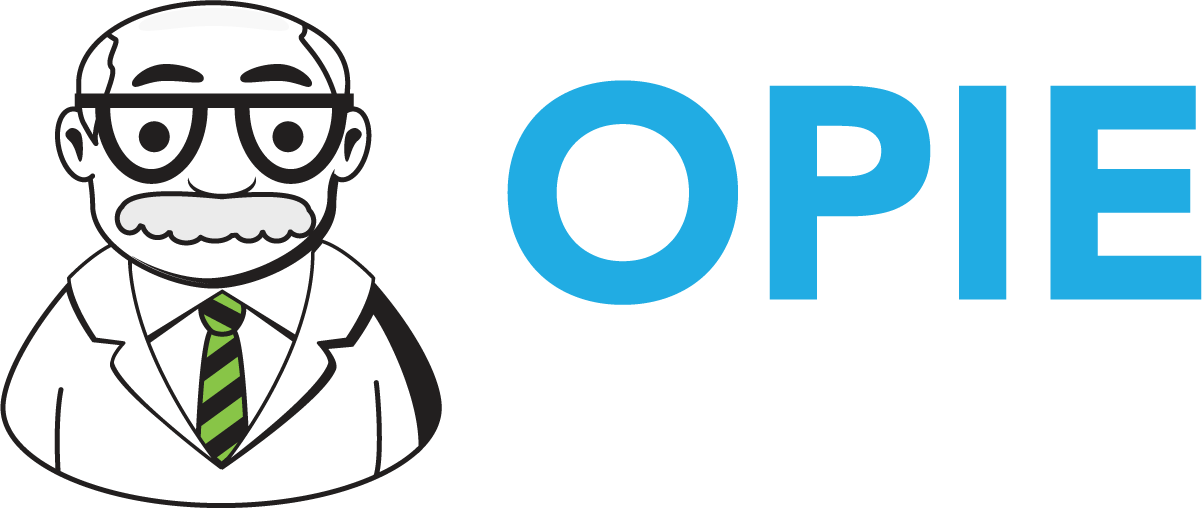From Patient Care to Business Efficiency
My career before O&P and my time in O&P have provided the opportunity to see practices from several different perspectives. The combination of those perspectives allows me to see striking similarities between the process of patient evaluation and care and the process of business entity assessment and efficiency improvement. These parallels offer valuable insights into how we can enhance both patient outcomes and organizational performance.
The Initial Evaluation: Gathering Data
In patient care, the first step is always a comprehensive assessment. Clinicians gather data through patient history, physical examinations, and diagnostic tests. Similarly, in business assessment, we begin with a thorough analysis of the organization's current state. This involves collecting data on processes, performance metrics, and identifying pain points.
A 7-year-old child presents with a knee flexion contracture. We measure the degree of contracture, assess muscle tone, evaluate gait, review surgical history and plans, and the proposed physical therapy regime.
Similarly, a practice experiences long turnaround times for custom orthoses. The team collects data on the fabrication process, order flow, and resource utilization to identify bottlenecks.
Assessment: Identifying the Root Cause
Once data is collected, both healthcare providers and business analysts move to the assessment phase. In orthotics, this means determining the underlying factors contributing to the knee flexion contracture. In business, it's about identifying the root causes of inefficiencies or problems.
After evaluation, the clinician has determined that the child's knee flexion contracture is primarily due to rapid growth spurts and inadequate stretching routines.
At the practice, analysis of timeline data reveals that device delivery delays are mainly caused by inefficient communication between clinicians and fabrication staff, and suboptimal device fabrication planning.
Developing a Plan: Tailored Solutions
With the assessment completed, the next step is creating a plan. In orthotics, this is the treatment plan; in business, it's the improvement plan. Both require a tailored approach that addresses the specific needs identified in the assessment phase.
The clinician develops a treatment plan involving a series of custom KAFOs with growth bars and adjustable knee joints, night splints, a shoe modification strategy, engaging a PT for a stretching program, and regular follow-ups to monitor and adjust for the child's growth.
The practice team proposes a long term plan for device fabrication so the KAFO can be effective as the child grows over the course of a year, a redesigned workflow in the fabrication lab to optimize production efficiency, enhanced clinician-technician communication, and with consistent monitoring of data to determine the degree of improvement.
Implementation: Putting the Plan into Action
The best plans are only effective when implemented properly. In both orthotic care and business improvement, this phase requires careful execution, monitoring, and training of both patients/caregivers and staff.
Clinically, we fit the child with the initial KAFO, educate the family on proper use and explain the night splints. We schedule regular check-ups to adjust the orthosis as the child grows. The patient begins physical therapy sessions and starts a prescribed exercise regimen at home.
The practice implements the new communication protocols, trains staff about the process, and reorganizes the fabrication area.
Monitoring and Adjustment: Continuous Improvement
Both orthotic management and business improvement require ongoing monitoring and adjustment. In orthotic care, this means regular follow-ups and modifying the orthosis and treatment plan as the child grows. In business, it involves tracking key performance indicators (KPIs) and making continuous improvements.
Clinically, we schedule monthly check-ups to assess progress in reducing the contracture and to make necessary adjustments to the KAFO. The treatment plan is modified based on the child's growth and response to treatment.
The practice tracks device delivery times, patient satisfaction scores, and redo/repair rates. The team makes further adjustments to the communication and inventory processes based on this data.
The Role of Lean Six Sigma in Both Domains
Lean Six Sigma principles, traditionally associated with business improvement, can be applied effectively in both scenarios:
Define: Clearly articulate the problem or goal, whether it's improving a child's knee function or reducing device delivery times.
Measure: Collect relevant data to understand the current state, be it knee contracture measurements or process metrics.
Analyze: Use data analysis tools to identify root causes of issues.
Improve: Develop and implement solutions based on the analysis.
Control: Establish systems to maintain improvements and prevent regression.
Stakeholder Engagement: A Critical Success Factor
In both patient care and business improvement, engaging all stakeholders is crucial for success. In healthcare, this means involving the child and their family in the treatment plan, ensuring they understand and are committed to the process. In business improvement, it involves getting buy-in from all levels of staff, from technicians to clinicians to management.
The clinician educates the child and family about the knee flexion contracture and involve them in decision-making about the orthotic design and treatment schedule, increasing the likelihood of adherence to the plan.
The business team conducts workshops with staff at all levels to gather input on process improvements and ensure everyone understands and supports the new procedures.
Clear, consistent communication is vital in both scenarios. In orthotic care, this means explaining the treatment plan, expected outcomes, and the importance of compliance in terms the child and family can understand. In business improvement, it involves clearly articulating the reasons for changes, the expected benefits, and the role each team member plays in the improvement process.
Bridging the Gap
The parallels between patient care and business improvement processes are clear. Both require a systematic approach to assessment, diagnosis, planning, implementation, and ongoing monitoring. By recognizing these similarities, O&P practices can leverage best practices from both domains to enhance patient care and operational efficiency simultaneously.
As O&P care continues to evolve, integrating Lean Six Sigma principles into both clinical and administrative processes can lead to significant improvements in patient outcomes and organizational performance. The key is to approach each challenge, whether it's a child's knee flexion contracture or an operational inefficiency, with the same level of rigor, data-driven analysis, and commitment to continuous improvement.
By viewing orthotic care and business operations through this dual lens, practices can create a culture of excellence that benefits patients, staff, and the bottom line. The result is a more efficient, effective, and patient-centered orthotic practice that is better equipped to meet the challenges of modern healthcare delivery while providing optimal care for your patients.

